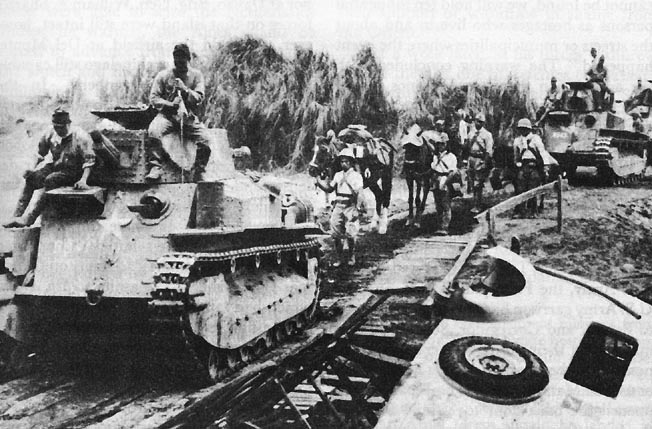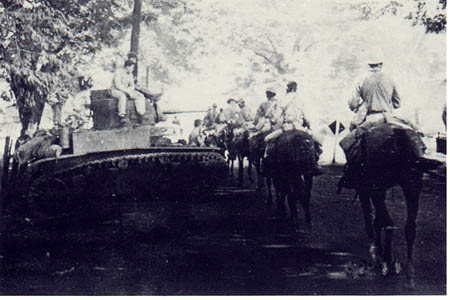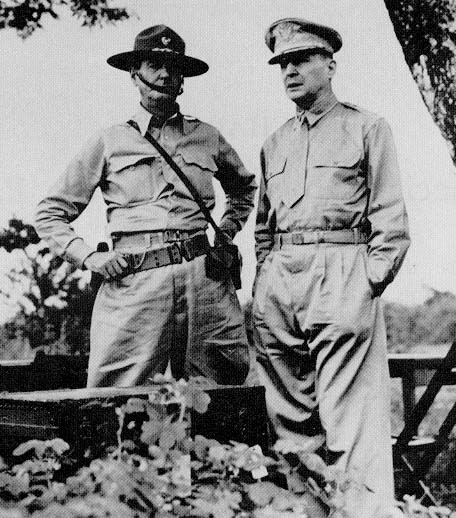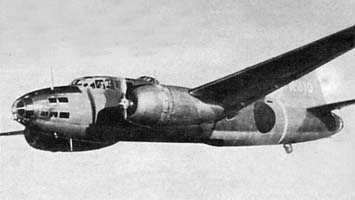
- For PC
- For MAC
- For Linux
- OS: Windows 10 (64 bit)
- Processor: Dual-Core 2.2 GHz
- Memory: 4GB
- Video Card: DirectX 11 level video card: AMD Radeon 77XX / NVIDIA GeForce GTX 660. The minimum supported resolution for the game is 720p.
- Network: Broadband Internet connection
- Hard Drive: 23.1 GB (Minimal client)
- OS: Windows 10/11 (64 bit)
- Processor: Intel Core i5 or Ryzen 5 3600 and better
- Memory: 16 GB and more
- Video Card: DirectX 11 level video card or higher and drivers: Nvidia GeForce 1060 and higher, Radeon RX 570 and higher
- Network: Broadband Internet connection
- Hard Drive: 75.9 GB (Full client)
- OS: Mac OS Big Sur 11.0 or newer
- Processor: Core i5, minimum 2.2GHz (Intel Xeon is not supported)
- Memory: 6 GB
- Video Card: Intel Iris Pro 5200 (Mac), or analog from AMD/Nvidia for Mac. Minimum supported resolution for the game is 720p with Metal support.
- Network: Broadband Internet connection
- Hard Drive: 22.1 GB (Minimal client)
- OS: Mac OS Big Sur 11.0 or newer
- Processor: Core i7 (Intel Xeon is not supported)
- Memory: 8 GB
- Video Card: Radeon Vega II or higher with Metal support.
- Network: Broadband Internet connection
- Hard Drive: 62.2 GB (Full client)
- OS: Most modern 64bit Linux distributions
- Processor: Dual-Core 2.4 GHz
- Memory: 4 GB
- Video Card: NVIDIA 660 with latest proprietary drivers (not older than 6 months) / similar AMD with latest proprietary drivers (not older than 6 months; the minimum supported resolution for the game is 720p) with Vulkan support.
- Network: Broadband Internet connection
- Hard Drive: 22.1 GB (Minimal client)
- OS: Ubuntu 20.04 64bit
- Processor: Intel Core i7
- Memory: 16 GB
- Video Card: NVIDIA 1060 with latest proprietary drivers (not older than 6 months) / similar AMD (Radeon RX 570) with latest proprietary drivers (not older than 6 months) with Vulkan support.
- Network: Broadband Internet connection
- Hard Drive: 62.2 GB (Full client)
From May 7th 15:00 GMT until May 8th 15:00 GMT
+30% RP gain bonus and 30% discount for following aircraft:
A6M2 mod.11, A6M2, G4M1 and P-40E-1, B-17E
|
Generals Wainwright (left) and MacArthur(right) |
General Wainwright, the senior field commander of the allied forces in the Philippines having spent the entire previous day in negotiations with Lt. Gen. Masaharu Homma signed the terms of surrender, these were a total unconditional surrender of all forces in the philippines. General Wainwright believing the total annihilation of the forces on Corregidor were imminent and wanting to avoid the subsequent bloodbath, signed the document. Wainwright then made several radio broadcasts from manila to detail the surrender and inform allied units still holding out accept the terms and cease hostilities.
Much of the decision to surrender was brought about by the landings on Corregidor and the swift pace at which the japanese forces took the defences on the island. The island had withstood months of bombardment and over 300 individual raids , and had initially given as good as it got claiming 54 enemy bombers, while heavy aerial bombardment by G4M and G3M bombers initially knocked out the heavy naval shore guns, the batteries of heavy 3-inch M3 guns with lighter 37mm and .50 cal guns did however prove costly for these attacks, they were able to engage enemy aircraft at altitude and make accurate daylight bombing difficult. only light bombardment was possible of corregidor initially this was until later models of the japanese bombers were introduced which had on board oxygen for the crew that heavy daylight bombardment was made, from outside the range of the islands guns. The 60th Coast Artillery (AA) would win three presidential unit citations and many other awards for it’s actions during the campaign.
|
Mitsubishi G4M1 |
As resistance on Corregidor faltered with the landings of the japanese assault forces and the tremendous artillery bombardment that assisted the attacks, initially the Marines and defenders of the island put up a stiff resistance, but when morning came and 3 tanks were landed this proved too much for the defenders and they were steadily rolled back to the trench works in front of the malinta tunnel. the two Shinhoto Chi-ha type 97 tanks and a captured M3 light tank were able to mount a concerted effort to quell the resistance of the defending forces, and were finally able to silence the last remaining 37mm guns that had taken such a toll on the landing ships that morning. It was these two types of tanks which had in fact taken part of the first tank on tank battle between american and japanese forces on December 22 1941 when several type 95 Ha-Go tanks from the 4th tank regiment ambushed a patrol of M3 light tanks from the 192 tank battalion. The skirmishes which followed at the village of Darmortis and the ensuing retreat of US forces down the bataan peninsula showed up the inadequate performance of the guns on those japanese tanks being unable to penetrate the M3 light tanks armour effectively.

Though the main forces on corregidor and luzon had been silenced and the forces under Brigadier General Sharp either went into captivity or joined guerilla forces, local resistance continued in Northern Luzon and in some parts of Mindanao. Those US and Philippine units that did not surrender went on to act as the core of the Philippine resistance forces, hand in hand with an active and valiant underground network these groups would maintain a presence in the field and tie up many Imperial japanese army units in order to maintain the occupation, this had the effect of taking troops which could be used in the desperate fighting of the pacific only to see them used as garrison troops on policing duties.

While general Macarthur would return to the philippines and their eventual liberation, general Wainwright would spend the rest of the war in captivity, only being released in August of 1945 when Soviet Forces overran Imperial Forces in japanese occupied China, he would go on to receive the US Medal of honour for his steadfast duty in the defence of corregidor.
General Masaharu Homma would not be so lucky, the delays caused by his cautious approach down the bataan peninsula meant that the entire schedule for the pacific campaign had been delayed, had cost many more lives than anticipated and had provoked some members of the japanese high command to question Homma’s abilities, he was subsequently removed from command and later retired in 1943. He would face trial and execution after the war for his involvement in the treatment of prisoners in the bataan death marches.






